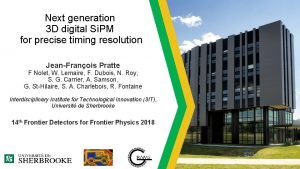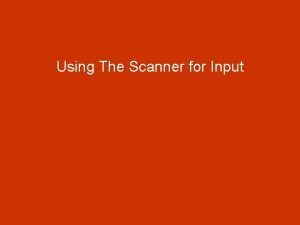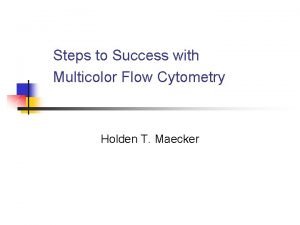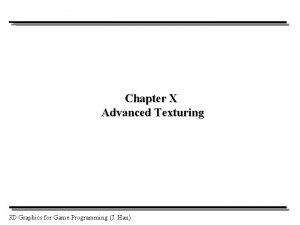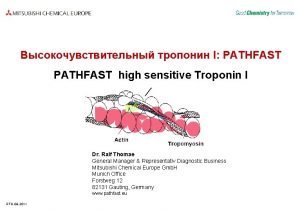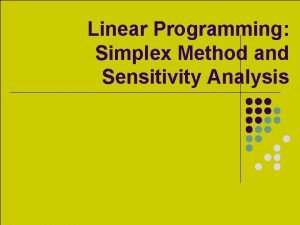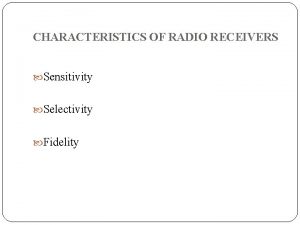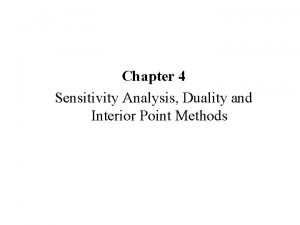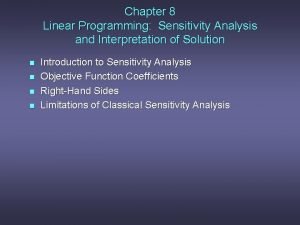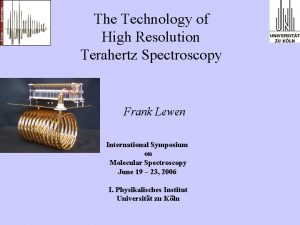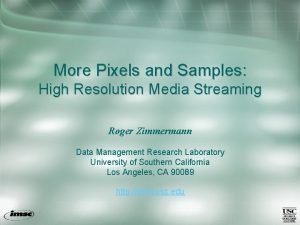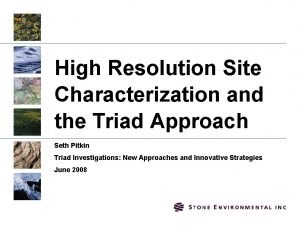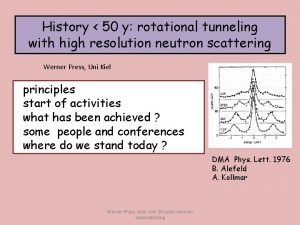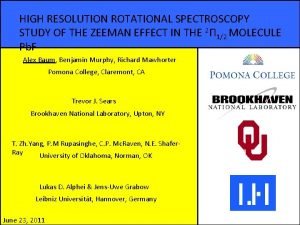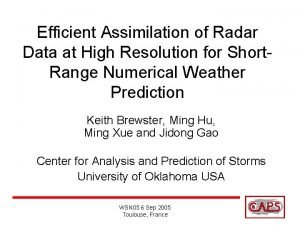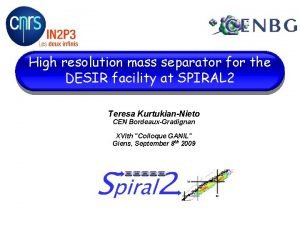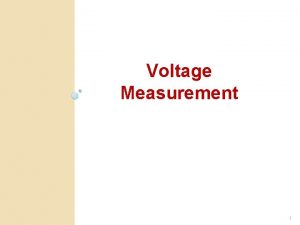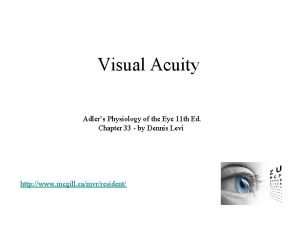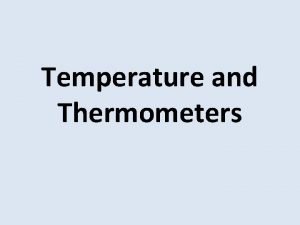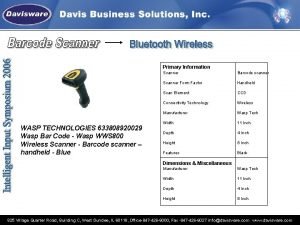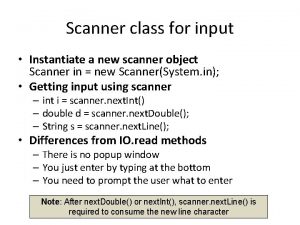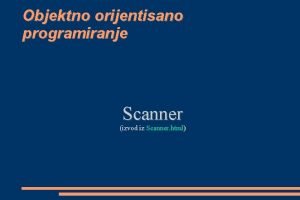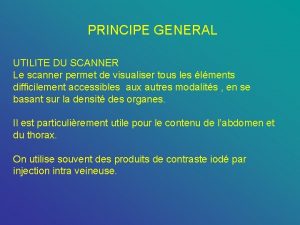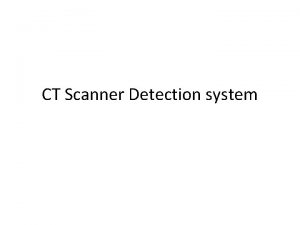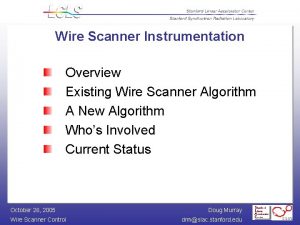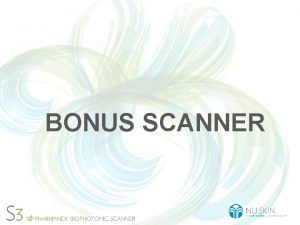High Resolution and High Sensitivity PET Scanner with



















![Central Point Source Resolution MPPC g LYSO WLS POI resolution s(POI) [mm] FWHMx [mm] Central Point Source Resolution MPPC g LYSO WLS POI resolution s(POI) [mm] FWHMx [mm]](https://slidetodoc.com/presentation_image_h2/718d99df9d1ab6599fec7fe3f25f6294/image-20.jpg)


![Resolution vs. Sensitivity 18. 00 16. 00 14. 00 Sensitivity[%] 12. 00 Lab. PET(GMI) Resolution vs. Sensitivity 18. 00 16. 00 14. 00 Sensitivity[%] 12. 00 Lab. PET(GMI)](https://slidetodoc.com/presentation_image_h2/718d99df9d1ab6599fec7fe3f25f6294/image-23.jpg)


- Slides: 25

High Resolution and High Sensitivity PET Scanner with Novel Readout Concept Erlend Bolle 1, Michael Rissi 1, Michelle Böck 1, Jo Inge Buskenes 1, Kim. Eigard Hines 1, Ole Dorholt 1, Ole Røhne 1, Steinar Stapnes 1, 2, Jan G. Bjaalie 3, Arne Skretting 4 1 Universitet i Oslo, Norway 2 CERN, Geneva, Switzerland 3 Department of Anatomy & CMBN, Oslo, Norway 4 Rikshospitalet-Radiumhospitalet Medical Center, Oslo, Norway

Why small-animal PET? Biomedical Applications: § detectibility of small tumors in transgenetic mice/rats -> concepts for human cancer § longtime-study at each animal -> more control, disease progression, therapeutic response -> statistical power improved § functional information available -> PET: functional and kinetic data, non-invasive, in-vivo

Challenges for improving smallanimal PET Systems PET systems’ performance improved by enhancing important parameters of detector systems: § photon sensitivity: fraction of coincident annihilation photon pairs emitted from a source § spatial resolution: determined by: positron range, annihilation photon acollinearity, intrinsic detector resolution § contrast resolution: ability to differentiate/quantify one region from background or two adjacent regions Current Trends in Preclinical PET Systems Design – C. S. Levin, H. Zaidi

Challenges for Classical PET § measure depth of interaction (DOI) § no information on DOI -> parallax error δP = L sinα § increases with distance from center of field of view (FOV) § solution: spatial resolution improved by measuring interaction point in 3 D

Challenges for Classical PET Scatter Random Scatter Scanner Body True § scatter events occur in body and scanner

COMPET - Detector Arrangement

COMPET - Detector Arrangement § LYSO crystal: information on x-, ycoordinates, energy of event § wave length shifter (WLS): zcoordinate high resolution (submillimeter) § readout on the end of WLS and LYSO → reflector on opposite end § light below angle of total reflection escapes LYSO → absorbed at one side by WLS § light transport relies on internal reflection → polished and crackfree surface § resolution along the 3 dimensions tuned by varying LYSO/WLS dimensions § based on method proposed by AX https: //twiki. cern. ch/twiki/bin/view/AXIA -PET collaboration LPET/Web. Home

COMPET Flexible Geometry 8

COMPET - Facts y z x § 4 -8 cm bore opening (adjustable) with 8 cm axial view § very high sensitivity (16%) § high resolution (sub-millimeter) § 3 D event reconstruction § no inter module and inter crystal gap § High data throughput FPGA/ethernet readout (10 Mevents/sec) § Backend computer farm for data taking and image reconstruction § MRI compability

Detector Module 2× 3 mm 2 MPPC • • • 600 LYSO crystals 400 WLS 2× 3× 80 mm 3 LYSO 1× 3× 80 mm 3 WLS 2× 3 mm 2 MPPC (LYSO) 1× 3 mm 2 MPPC (WLS) 2× 3× 80 mm 3 1× 3 mm 2 MPPC

Detector Module-Main Components LYSO 3 x 3 mm 2 MPPC WLS –wave length shifter

MRI Insert AX-PET Workshop, Valencia Slide Number

MR Insert - Challenges § no ferromagnetic components § do not disturb MR § fit inside existing MR § shielding § cooling

Ultimate Goal

Simulation Setup § software: Gate v 5. 0. 0 p 01 (based on GEANT 4) § list output via ROOT § 3 different scenarios: § total deposited energy in 2 modules > 2∙ 450 ke. V (no inter-module scatter accepted) § total deposited energy in less than 3 crystals > 2 ∙ 450 ke. V (accepting inter-crystal scatters) § total deposited energy in exactly 2 crystals > 2 ∙ 450 ke. V (accepting only photoelectric events) § Simulation of back-to-back gamma rays (511 ke. V) y x

Sensitivity Simulation § § source: back-to-back gammas (511 ke. V) 5 layers, 4 modules diameter: 50 mm, length: 72 mm 3 D event reconstruction: 3 cases assumed LYSO Crystals Photoelectric event Multiple scatter Single scatter g g

Detector Sensitivity All events (multiple scatters) Single scatters Photoelectric events

COMPET - High Resolution COMPET Sensitivity vs resolution Ref. : C. Levin et. al. , “Current Trends in Preclinical PET System Design”

COMPET - High Sensitivity COMPET LYSO Box 8 450 -650, 10 Ref. : C. Levin et. al. , “Effects of system geometry and other physical factors on photon sensitivity of high-resolution positron emission tomography” 16
![Central Point Source Resolution MPPC g LYSO WLS POI resolution sPOI mm FWHMx mm Central Point Source Resolution MPPC g LYSO WLS POI resolution s(POI) [mm] FWHMx [mm]](https://slidetodoc.com/presentation_image_h2/718d99df9d1ab6599fec7fe3f25f6294/image-20.jpg)
Central Point Source Resolution MPPC g LYSO WLS POI resolution s(POI) [mm] FWHMx [mm] FWHMy [mm] 0. 3 0. 8 0. 4 0. 8 0. 5 0. 9 0. 6 0. 9 0. 7 1. 0 0. 8 1. 2

Point Source Resolution § activity: 4 x 106 Bq § 1 s run time § assumed POI resolution: s = 0. 5 mm of back-toback g-rays x. Source [mm] y. Source[mm] z. Source[mm] FWHMx[mm] FWHMy[mm] 0. 0 0. 86 0. 89 5. 0 0. 80 1. 05 10. 0 0. 87 1. 22 15. 0 0. 92 1. 50 20. 0 0. 96 1. 52 20. 0 -20. 0 1. 59 1. 67

Reconstruction § 3 D Fourier rebinning to transaxial slices § 2 D filtered back projection (using ramp filter) for each transaxial slice § Derenzo - phantom AX-PET Workshop, Valencia
![Resolution vs Sensitivity 18 00 16 00 14 00 Sensitivity 12 00 Lab PETGMI Resolution vs. Sensitivity 18. 00 16. 00 14. 00 Sensitivity[%] 12. 00 Lab. PET(GMI)](https://slidetodoc.com/presentation_image_h2/718d99df9d1ab6599fec7fe3f25f6294/image-23.jpg)
Resolution vs. Sensitivity 18. 00 16. 00 14. 00 Sensitivity[%] 12. 00 Lab. PET(GMI) micro. PET(Siemens) 10. 00 GE Explore Vista PET Mosaic(Philips) 8. 00 X-PET(GMI) COMPET 6. 00 4. 00 2. 00 0 0. 5 1 1. 5 2 2. 5 Resolution FWHM [mm] 3 3. 5

Simulation - Summary § according to simulations: DOI resolution of 0. 5 mm is achievable -> CPS resolution of approx. 0. 9 x 0. 9 mm 2 § point-source-resolution degrades for off-axis objects to approx. 1. 6 x 1. 6 mm 2 close to the detector § maximal sensitivity of to back gammas: § if multiple scatter events reconstructed -> sensitivity: 16% § if only single scatter events accepted -> sensitivity: 14%.

Conclusion and Future Work Prototype testing System implementation System verification Preclinical tests Thanks a lot to: § Norwegian Research Council § Swiss National Fund 2012 Simulation Image reconstruction 2011 2010 ü Detector concept -> demonstrated ü New readout scheme -> proven to work ü All parts bought -> implement full scanner § Hoping for first results beginning of 2011! Preclinical test Fused MRI/PET images
 High resolution low resolution
High resolution low resolution Pet scanner
Pet scanner Scanner keyboard = new scanner(system.in);
Scanner keyboard = new scanner(system.in); Resolution sensitivity
Resolution sensitivity Radiosity normal mapping
Radiosity normal mapping Troponin meaning
Troponin meaning Simplex method and sensitivity analysis
Simplex method and sensitivity analysis The selectivity of a radio receiver is
The selectivity of a radio receiver is Sensitivity analysis and duality
Sensitivity analysis and duality 100 rule linear programming
100 rule linear programming High-resolution terahertz
High-resolution terahertz High resolution media
High resolution media High resolution smith chart
High resolution smith chart High resolution site characterization
High resolution site characterization Situational leadership theory
Situational leadership theory Alpha cleavage
Alpha cleavage High resolution images
High resolution images High resolution images
High resolution images High resolution images
High resolution images High resolution
High resolution High resolution images
High resolution images A multiplier for a voltmeter is
A multiplier for a voltmeter is Minimum resolvable acuity
Minimum resolvable acuity Cultural sensitivity definition
Cultural sensitivity definition Sensitivity equation
Sensitivity equation Sensitivity thermometer
Sensitivity thermometer

